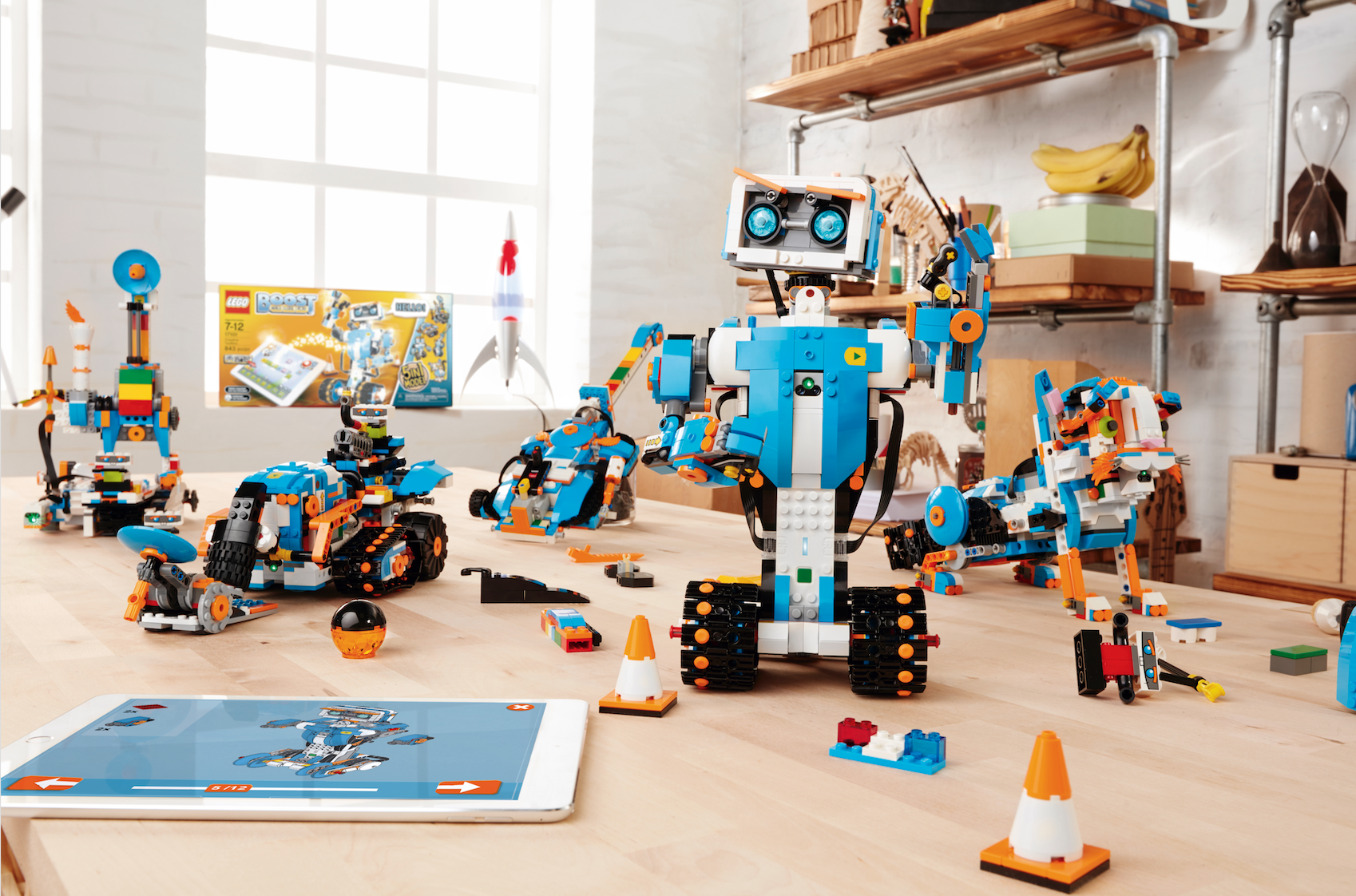Haptics and Why They are Necessary
Haptics: technology that simulates the real-world sensation of touch, often used in conjunction with virtual environments to reproduce the sensations of interacting with real objects.
Haptic technology has been around since the 1970s and if you have used any form of consumer hardware, you have most likely interacted with various forms of haptics. Haptic experiences are omnipresent across video games, the workplace, or even while driving your car.
For decades, haptics have been instrumental in crafting tactile encounters, offering a deep sense of presence and immersion. The significance of tactile feedback, often taken for granted in our daily routines, becomes glaringly apparent in its absence. Consider the following instances where haptics enhance our everyday experiences:
Gaming: The ability to create an immersive and “realistic” environment is integral to the success of modern games. With consoles, for example, haptic game controllers enable a heightened sense of immersion through vibration and pulsing effects created by haptic drivers and actuators inside controllers. The tactile feedback when the player picks up an item or takes damage is essential to making gameplay feel more interactive and intuitive.
Computers/Phones: While haptics might not be overtly noticeable to most users on computers and phones, their utility is undeniable. Apple employs the Taptic Engine across MacBooks, Apple Watches, and iPhones. This engine delivers feedback for features like Force Touch and the now-replaced 3D Touch, succeeded by Haptic Touch on iPhones. These features tap into people’s sense of touch and connect their familiarity with the physical world into individual applications or interfaces. For example, simply locking your phone screen is often accompanied by a familiar lock click sound and soft vibration.
Driving: In the realm of driving, tactile interfaces, including steering wheels and seats, serve as crucial components of the user interface (UI) in vehicles. For instance, Cadillac installs vibrating seats into some of their cars that not only inform drivers of impending dangers, such as a pedestrian about to cross the street, but also contribute to a comprehensive touch and force feedback system within the vehicle's UI (Engadget).
In essence, haptic technology, having evolved over the years, has become an integral and often imperceptible part of our routine engagement with technology, enriching our experiences across diverse domains.
Haptics and Spatial Computing
As we have written about before (Where AR We Going), spatial computing, which merges digital data with the physical world, is an exciting development that will directly impact gaming and entertainment. Haptics will play a vital roles in the immersive experiences that spatial computing promises; key benefits will include:
- Sensory Augmentation: The incorporation of haptic feedback into virtual environments elevates the immersive quality of the experience. The palpable sensation of virtual objects enriches the perception of presence, creating a more captivating and authentic virtual experience.
- Intuitive Interaction: Haptics serve as a channel for a more instinctive and organic interaction with virtual entities. Whether determining the resistance of a virtual button, manipulating objects, or engaging with simulated environments, haptic feedback creates a heightened sense of control and responsiveness, improving the user experience.
- Spatial Awareness: Haptic cues contribute to spatial orientation within virtual experiences, enhancing users' comprehension of, and navigation through, specific spaces. Sensations such as vibrations or forces corresponding to the positioning of virtual elements create an understanding of surroundings, mitigating collisions, and aiding in the exploration of virtual landscapes.
- Accessibility: The integration of haptics extends the accessibility of virtual reality experiences, particularly for individuals with visual or auditory impairments. Tactile feedback serves as an additional layer of information, empowering users to navigate and engage with virtual environments more comprehensively.
- Pioneering Applications: Haptics serve as a catalyst for innovative applications in virtual reality, ranging from simulations where users can tactilely perceive the resistance of tools to medical training scenarios. Furthermore, in design applications, users can tangibly experience the texture of virtual materials, thereby broadening the horizons of immersive and multi-sensory engagement.
Addressing “What’s Next” in Haptic Technology
The primary issue with most spatial and virtual reality haptic technologies today is their lack of mobility, transparency, and universality. Many existing solutions in this space are concentrated on specific applications that have faced challenges gaining widespread popularity, especially with consumers. We argue that the concept of consumer-grade haptics for spatial and virtual reality is not fundamentally flawed, but rather, the existing approaches have been misguided.
The evolving shift in consumer preferences for multi-modal feedback reinforces our belief that haptics will be integral to the future of spatial computing. This is further compounded by the shift of virtual reality Original Equipment Manufacturers (OEMs), such as Apple’s Vision Pro and Meta’s Quest, towards hand and eye tracking, moving away from traditional physical controllers. This transition opens up an opportunity for a user-friendly and compelling haptic device.
Common devices currently use vibration motors, rumble motors, force feedback, tactile feedback suits, or touch feedback. At Konvoy, we assert that any successful haptic solution needs to be mobile, transparent, and universal. This belief is the basis for our recently announced pre-seed investment in Afference, a company developing a wearable neural interface. Afference's innovation not only seamlessly integrates with any hand tracking environment but also provides an artificial sense of touch in virtual worlds.
Takeaway: Haptic technology, prevalent but often unnoticed in our daily lives, is integral for immersive experiences and will be core to the future of spatial computing. As spatial computing evolves, haptics play a pivotal role in sensory augmentation, intuitive interaction, spatial awareness, and accessibility. Despite current limitations, a key part of the future of immersive virtual worlds lies in consumer-grade haptics that are mobile, transparent, and universal. This thesis is the foundation for why we led the pre-seed round in Afference and why we are thrilled to watch this sub-vertical of technology expand even further.






.avif)
.png)

.png)


.png)
.png)



.png)

.png)

.png)



.png)


.png)

.png)
.png)
.png)
.png)
.png)
.png)


